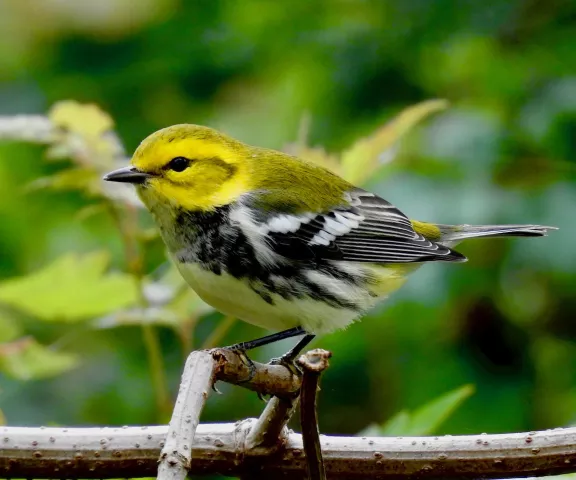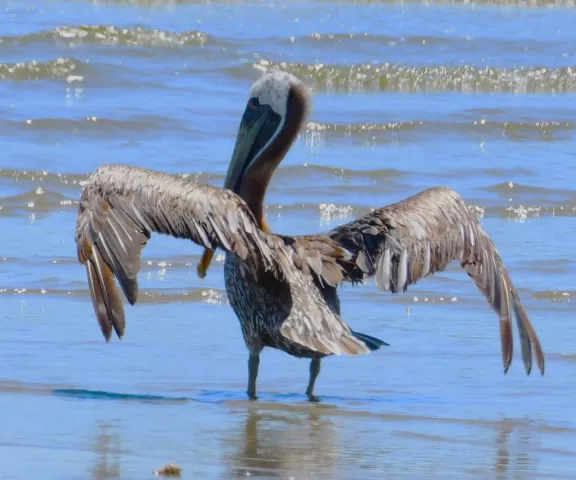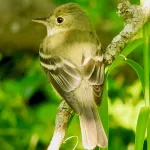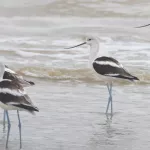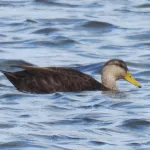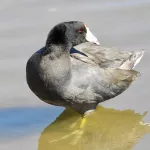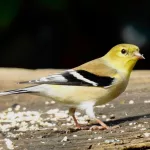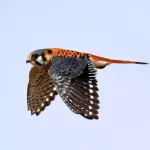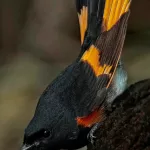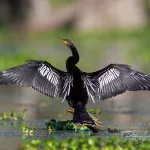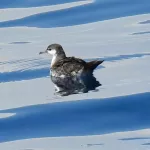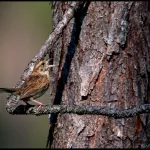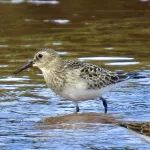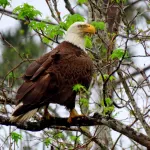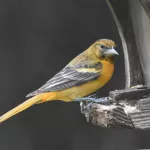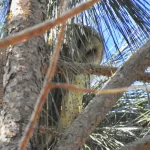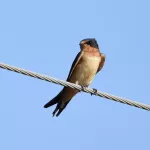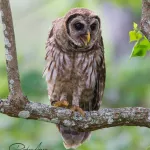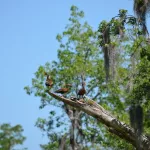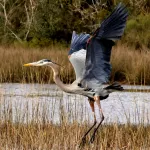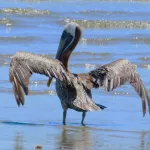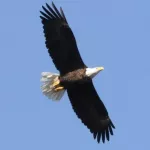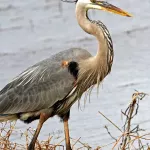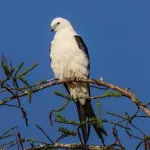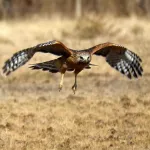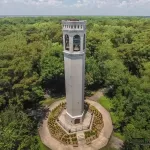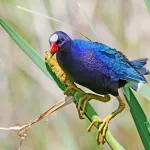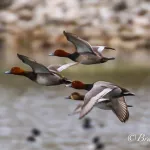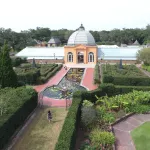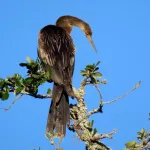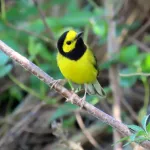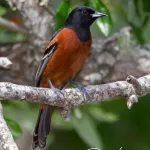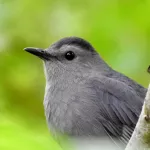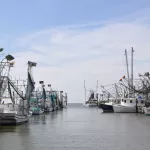Bayou Sauvage National Wildlife Refuge - Ridge Trail
Bayou Sauvage National Wildlife Refuge is a large natural area consisting of fresh and brackish estuarine tidal marshes, lagoons, bayous, canals, and elements of bottomland hardwood forest habitats. Located within the city limits of New Orleans, it is the largest urban wildlife refuge in the United States. The diverse habitats meet the needs of 340 bird species during various seasons of the year.
For visitors desiring a walk-in site with comfortable access and amenities, the refuge’s Ridge Trail is a raised boardwalk loop about a mile in length. It traverses bottomland hardwoods with palmetto understory and bramble thickets. It terminates at an overlook providing excellent views of tidal marsh and cypress swamp habitats. The site’s eBird checklist, featuring nearly 220 species representing most North American bird groups, attests to the habitat diversity here.
The trail’s swamps, marshes, and lagoons host a dizzying array of waterbirds, including 20 species of waterfowl, 15 shorebirds, 9 species of gulls and terns, and 15 wading birds, along with others including Anhinga, Common Loon, raptors such as Osprey, Northern Harrier, Peregrine Falcon, and Bald Eagle, Double-crested and Neotropic Cormorants, American and Least Bitterns, and American White and Brown Pelicans.
Bottomland hardwood areas feature Mississippi and Swallow-tailed Kites (in migration), Cooper’s and Sharp-shinned Hawks, Red-shouldered and Broad-winged Hawks, Red-bellied, Downy, and Hairy Woodpeckers, Blue-headed and Red-eyed Vireos. Twenty-five species of warblers have been recorded here.
Check the thickets along the edges of the forested areas and trail for species such as White-eyed Vireo, Blue-gray Gnatcatcher, House Wren, Gray Catbird, Brown Thrasher, Field, and White-crowned Sparrows, and Yellow-breasted Chat.
After completing the Ridge Trail, visitors have the option of continuing to walk north along the Maxent Canal Levee, which features lagoons and black willow colonies (excellent for migrating songbirds and wintering flycatchers). Open-perch birds can also be found on power lines or in tree tops along the swamp and bottomland hardwood during migration periods and winter months.
Amenities at this site include gravel parking, outstanding directional/identification/interpretive signage throughout, handicapped-accessible restrooms/water, along with the handicapped-accessible raised boardwalk. This trail is primarily used by birders, hikers, and nature photographers.
